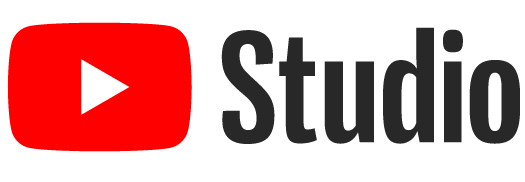Things are constantly changing in the world of digital marketing and it can be tricky to keep up with. We’ve rounded up a few of the Google and digital marketing updates from February that could change things for some advertisers:
- The phasing out of BMM
- 12 new types of Manual Action Penalties aimed at Google News and Discover
- GMB adding messaging to its desktop interface
- YouTube Analytics update revealing competitors
- Google Search Console updating Core Web Vitals Reporting
Let’s take a look at these in a bit more detail.
February 4th: Google to phase out Modified Broad Match
One of the notable changes from February was the phasing out of Modified Broad Match. As it stands with BMM keywords, you can tell Google which keywords you want to target in search queries by adding a + sign in front of the relevant terms. Then we have Phrase match, which respects word order.
From July 2021, we will no longer be able to add any new BMM keywords. Instead, phrase match will begin to cover BMM traffic and consider both search requirements. That means phrase match will assess whether word order is important to the meaning of a search, essentially considering user intent. Google gave an example of how this could look:

Google announced the change as a way of helping advertisers to streamline their keyword management. If the two match types successfully cover most searches, then this could work.
We’ll be keeping an eye on what we appear against going forward as the move to phrase match alone could remove the implied promise that the + means a search must include a specific term. In other words, we might start to appear against different terms if the intent is matched.
February 8th: Google add 12 new types of Manual Action Penalties aimed at Google News and Discover
Google introduced 12 new types of Manual Action Penalties, making this the first time a site could receive a penalty for violations of News and Discover Policies.
A manual action penalty is given by a human reviewer from Google when it comes to Google’s attention that a web page or site has gone against the official webmaster guidelines. Manual Action Penalties up until now have been limited to violations of Google Search.
You can access links to these new actions on both the Google News content policies section and the Google Discover content policies section.
For advertisers in the publishing space, it’s more important now to understand these specific manual actions fully. All 12 actions reinforce existing guidelines, but there is a now a chance that your site will be penalised and receive a manual action through Search console.
February 11th: Google My Business roll out messaging to desktop interface
Google will be introducing the GMB messaging functionality to desktop. This isn’t a huge change but could impact how advertisers are using their GMB profiles to communicate with customers. The change is not fully live yet but has rolled out for a few users.
With the update, when you log into GMB on your desktop browser, you’ll notice a ‘Messages’ icon on the left-hand side that opens a chat box. All of your customers will appear on the left, and you can open separate chat windows.
Most businesses will have desktop computers open throughout the day, and this is an easy way of responding to customer requests. The chat box could provide a simple point of contact on both ends. We could expect to see more businesses updating their profile regularly and potentially using GMB to communicate with customers.

February 16th: YouTube Analytics to reveal other channels your audience watches
YouTube will be sharing data that reveals any channels your audience are watching on a regular basis over the past 28 days. This can be found on desktop only, in the analytics section of YouTube Studio.
Firstly, we see this as a chance to understand your audience more and identify with how their interests change over time. The way the report works means it will be consistently updated so that you can spot any patterns or trends in your audience’s interests and searches on the platform.
How you choose to interpret this data will depend on your industry and goals, but it could be used as an opportunity for partnership as well as competitor research.

February 18th: Google Search Console updates Core Web Vitals Reporting
Back in May, Google announced they’d be rolling out a ‘Core Web Vitals’ report within Search Console, replacing the old Speed report. Core Web Vitals are a set of metrics based on improving the overall user experience provided by a site. These metrics are considered imperative to web experience.
You may notice more green scores on your core web vitals report in Search Console, which generally indicates improvements to your site metrics. If you saw a sudden change mid February, it could be down to Google making some small changes to the metric boundaries it uses when defying red, yellow and green scores.
Google’s Core Web Vitals three main thresholds are:
- Largest Contentful Paint: The time for a web page’s primary content to load.
- First Input Delay: How long it takes for a page to become interactive.
- Cumulative Layout Shift: The number of unexpected shifts of visual content.
Google announced a slight change to how these are measured and reported. According to Google, “The metrics defining the boundaries for LCP, FID, CLS, which used to be < (less than), are now defined as <= (less than or equal to).
This means that what may have previously shown as needing improvements could be achieving a ‘good’ rating if the measurements meet or are equal to those ideal thresholds. When the Google Page Experience Update rolls out in May 2021, this could positively impact site owners rankings.
